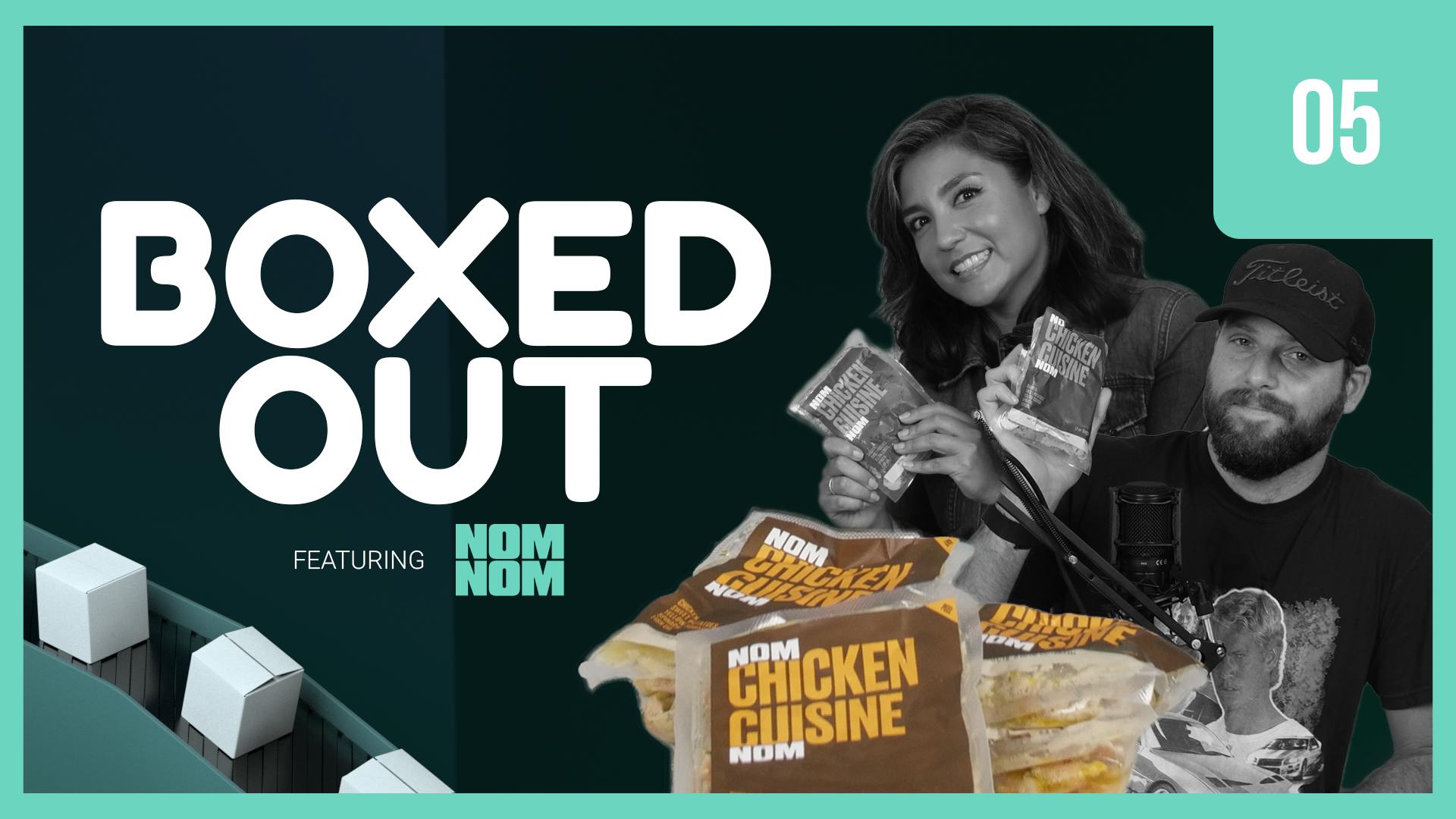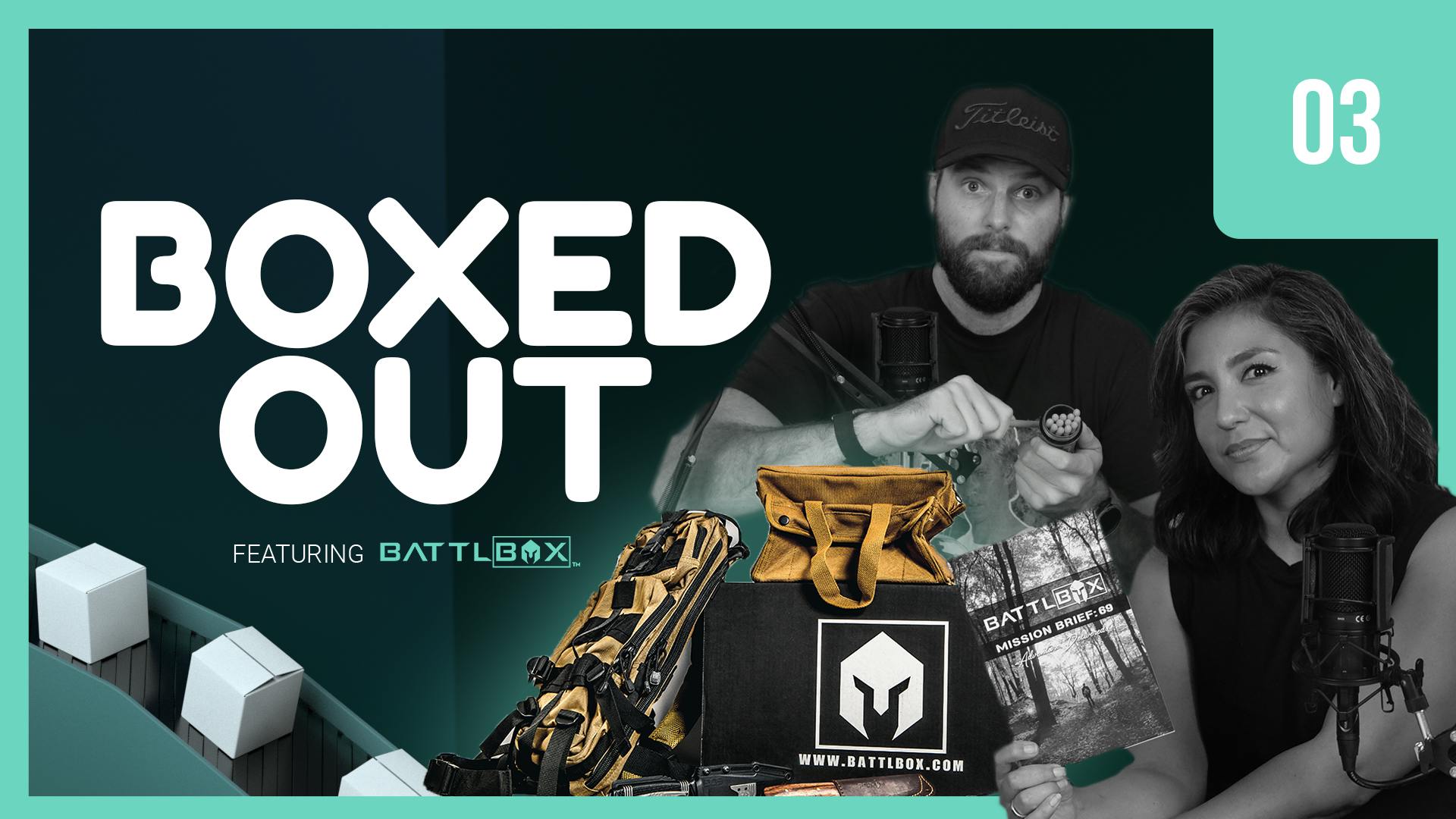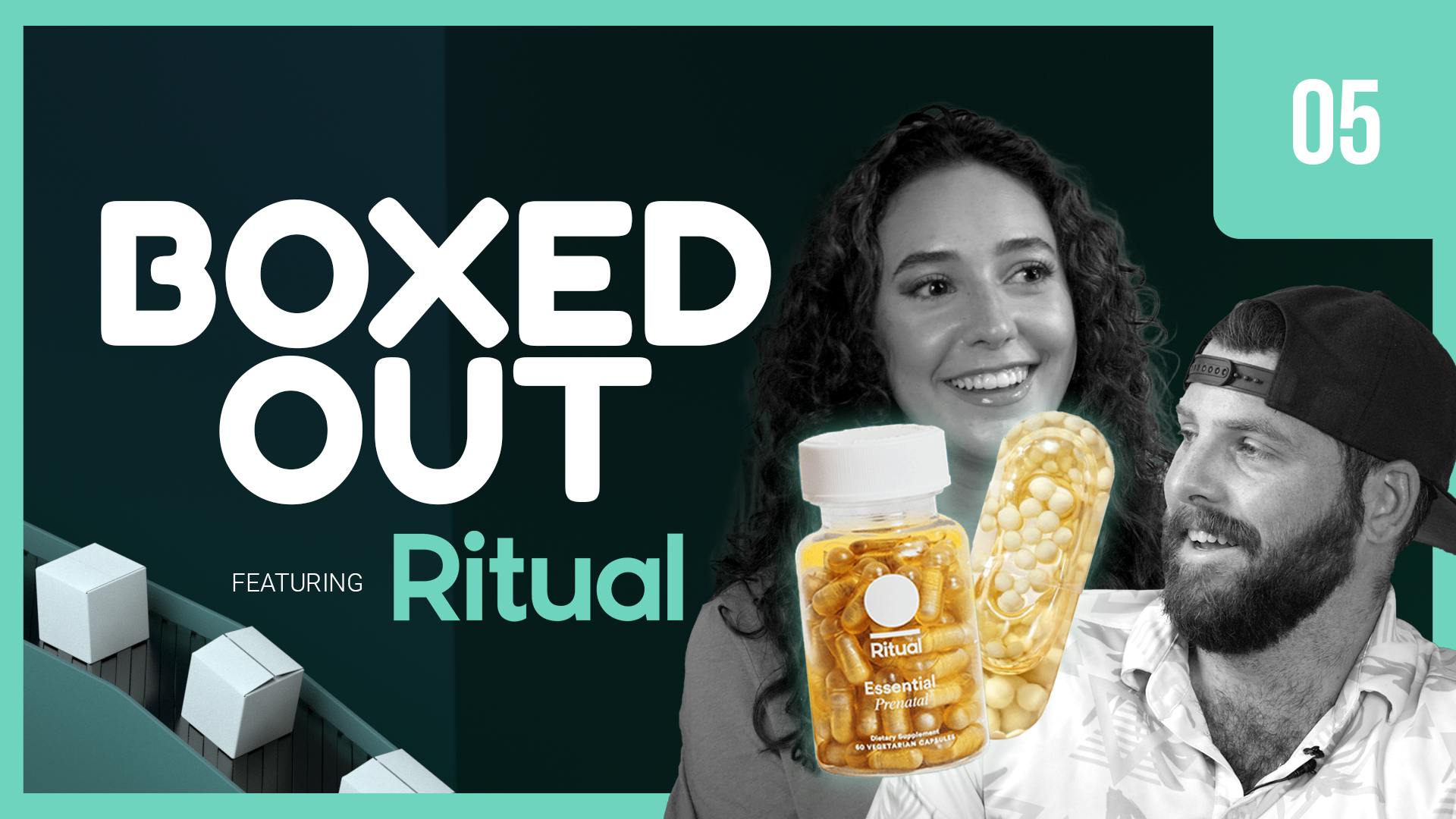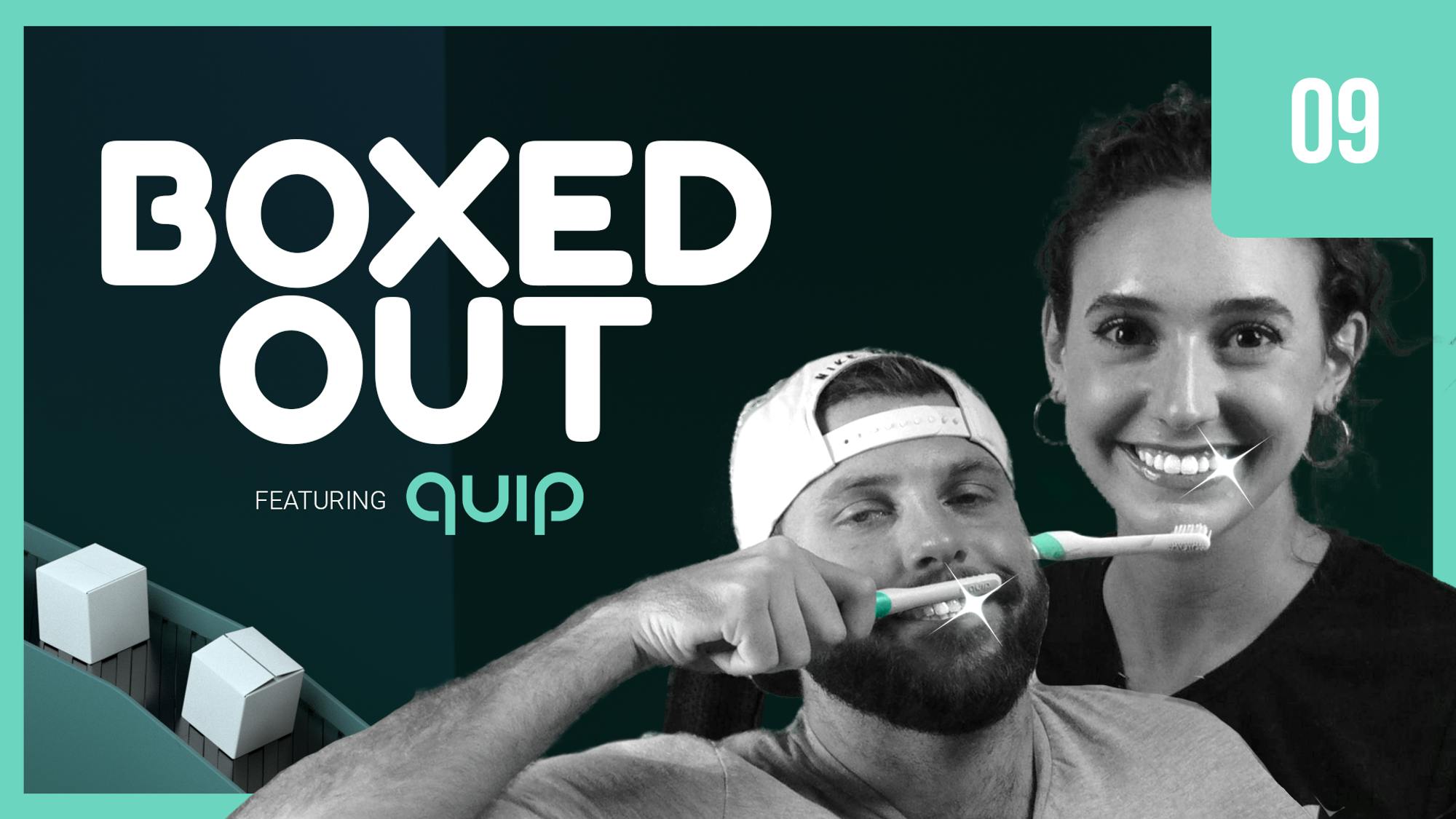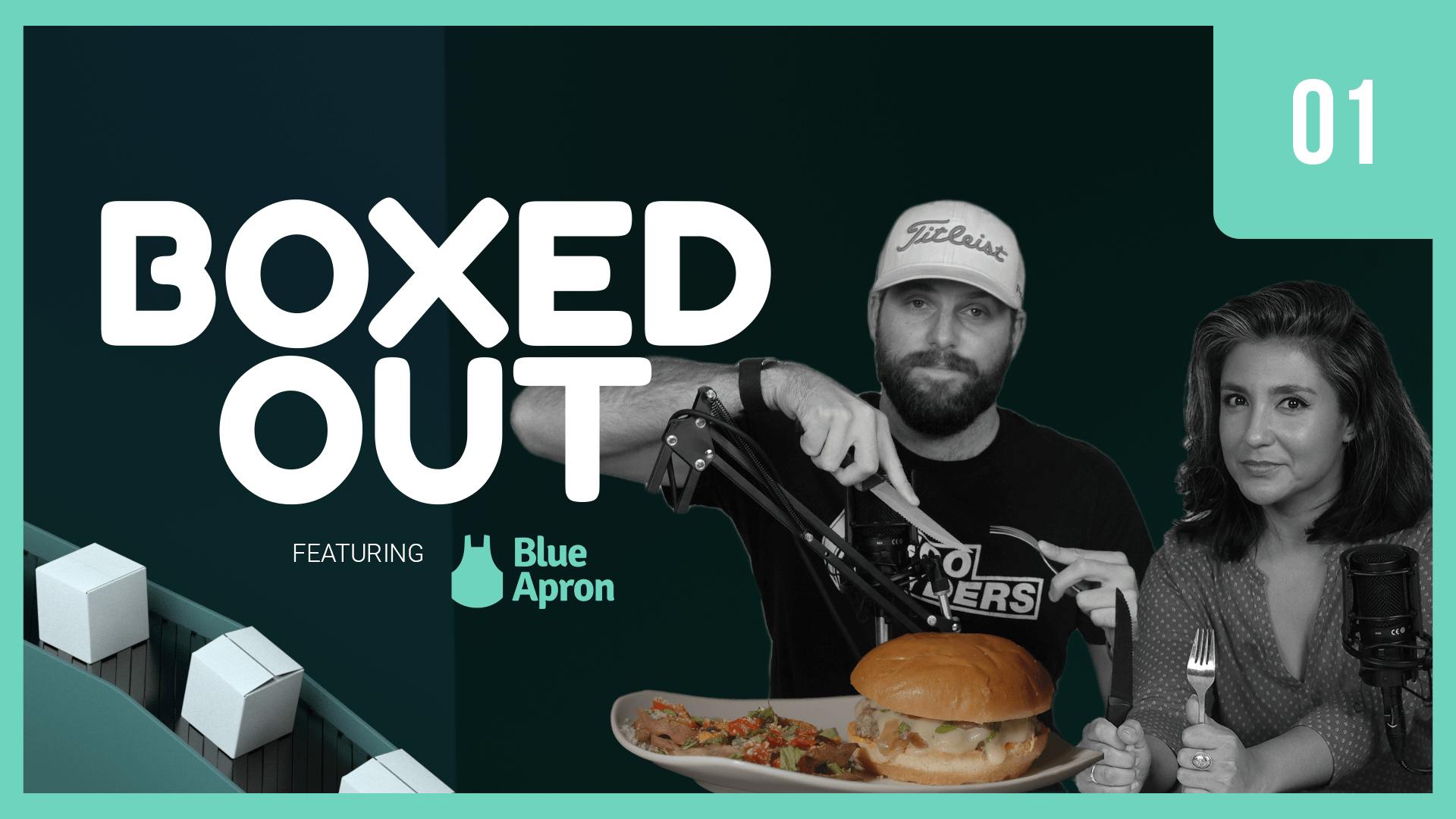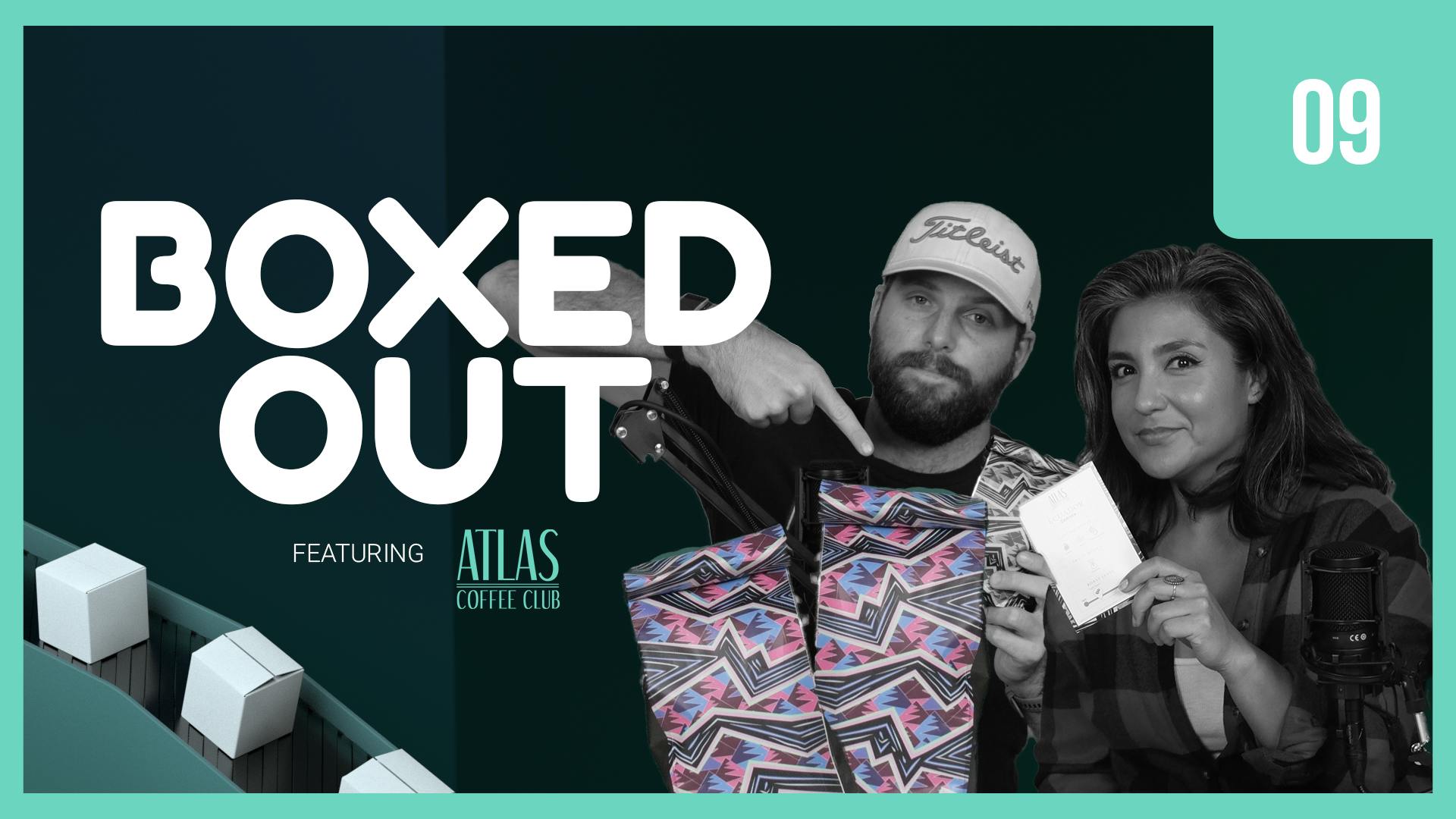
Can Hint continue to quench demand?
This episode might reference ProfitWell and ProfitWell Recur, which following the acquisition by Paddle is now Paddle Studios. Some information may be out of date.
Please message us at studios@paddle.com if you have any questions or comments!
Today we're talking about Hint, a company that disrupted the beverage industry with water and other natural ingredients. We're going to learn how Hint utilizes its brand and great market positioning, and then we're going to jump into what it’s doing great — and not so great — with its subscription retention strategy. Finally, we’ll wrap this conversation up into a nice case study on how to make improvements to your own brand.
Today, Hint is a $150 million empire. And as demand for natural products continues to increase, Hint is in a great and advantageous position for growth. But is its retention strategy solid enough to lock in that growth?
Key takeaways:
- Donation options increase retention
With so many subscription ecommerce brands having a social component, donations are a great tactic to add to the onboarding flow. It's great for the world and great for business. And Hint is an ideal brand to attach itself to a cause.
Customers who bundle a donation with their subscription purchase tend to retain at a 10%-20% higher rate than those who don’t opt in to a donation. - Add-ons increase LTV
Add-ons are one of the most underutilized tactics of subscription companies. In Hint's case, they have a diverse selection, but it's not taking advantage of it. It should consider adding samples to hook people on larger purchases. It would benefit a ton by finding a way to sell one-off flavors to people. At the very least, it could offer some sort of add-on as part of its checkout flow.
Lifetime value for customers with at least one add-on is typically 18%-54% higher than those without, not only because the customer is buying more, but because they tend to stick around longer. - Cancellation flows need to be thought through
The secret to reducing cancellation is understanding why a customer is cancelling. It's crucial to gather information, as well as provide salvage offers. Companies that properly utilize salvage offers and a clear offboarding experience tend to save 15%-30% more customers.
Offer the option to pause their subscription or skip a month.
Utilize salvage offers, such as a discount for a longer-term plan.
Implement win-back campaigns—offer solutions based on the cancellation cause.
Hint
The idea of creating water tinged with natural flavors has been around for a while. Records of infusing H20 with fruits and — yes — flowers, date back to 1512. That's when the first published book devoted solely to the distillation process, Hieronymus Brunschwygk's, Liber de arte distillandi de Compositis, was penned. Distillation is a process created by ancient alchemists for extracting the essence of a substance via evaporation and condensation.
Walther Hermann Ryff, German physician and writer of many scientific and technical texts, composed what was claimed to be a re-release of Brunschwygk’s work in 1556, titled, Das new groß Distillier Buch. Ryff's publication also contained new botanical information as well as illustrations and recipes for fruit and flower-infused waters.
But for most of human history, water has been consumed in its virgin form, straight from the ground or processing plants. It wasn’t until the 1970s that bottled water was actively advertised on a mass basis for the first time. Bottled H20 evolved to include flavored options, but most were initially produced using artificially generated flavors and large doses of sugar.
In the 2000s, new naturally flavored water products disrupted the beverage industry and became a surprise commercial success.
San Francisco native, Kara Goldin faced a problem, created a solution, and ultimately turned that solution into a thriving business that helps others live healthier lives. A victim of corporate world stress, she found herself overweight and suffering from depleted energy and adult acne. Discovering her diet soda addiction to be a major contributing factor to health issues, she switched to plain water, but soon became bored with the flavor.
Seeking a long-term solution, she created her own flavored water by tossing fruit into the drinking water stored in her refrigerator. Family and friends also enjoyed the naturally flavored water. The Hint brand was born. The rest, as they say, is history - a story that has just as promising a future as it does its past.
Hint's success
The movement toward natural products, including culinary options that fit all diets and promote wellness, continues to gain momentum. People are seeking healthy alternatives to high-calorie, artificially flavored foods and beverages. But customers want alternatives that aren't bland and boring.
One contributor to Hint’s success is that its product addresses these growing consumer needs. Additionally, the subscription service and affiliate program offered by Hint are additional marketing tools that facilitate continued purchases, increased customer engagement, and strong brand promotion.
Another contributor to the brand’s success is Hint’s commitment to and involvement in community causes. Generous donations of bottled water to first responders and frontline workers throughout the COVID-19 pandemic demonstrate Hint's devotion to community concerns. With today’s consumers growing increasingly socially conscious, Hint realizes that customers are seeking ethically minded brands with similar values.
Hint water comes in several variations, including original Still, which contains no carbonation. Hint Sparkling offers an effervescent option. Hint Kick features caffeine without sugar or diet sweeteners. There is even a type of Hint naturally enhanced for kids' tastes. Each option comes in a variety of flavors and sizes to suit every need and preference. They’re gluten-free, sugar-free, vegan and kosher, and contain no nuts, preservatives, or MSG.
Flavors of various Hint waters include such fresh and mouth watering options as watermelon, mango crisp apple, clementine, raspberry, pomegranate, pear, peach, lemon, blood orange, pineapple, and a variety of combined flavors.
Hint also offers sunscreen and hand sanitizer available in an assortment of light and pleasant citrus scents as well as aluminum-free deodorant with a eucalyptus-lemon scent.
Today, Hint is a $150 million empire. As demand for natural products continues to increase, Hint is in a great and advantageous position for growth. This is true, though, just as long as its products continue to “turn things you ought to do into things you love to do.” The sky’s the limit.
Retention Review
Not everything's amazing about Hint’s strategy, but there’s still a lot to learn from the brand. It does a great job at really leaning hard into a wide variety of customer personas. That being said, we need to remember that retention is key and an area where most brands mess up.
Why is retention important?
You spend half of your budget and time acquiring customers, but to be successful, you need to keep them. The beauty of the subscription model is that the relationship with the customer is baked directly into how you make money. If that customer is happy, they'll keep buying from you in the long term. If they're upset or not seeing the value, they'll cancel—quickly.
Plus, money talks here. Subscription ecommerce companies using the tactics we're going to talk about have 2x the customer lifetime value (LTV), 2x the average order value, and 3x higher growth rates, because they're not worried about plugging a leaky retention bucket.
To highlight the importance here, let's look through Hint's retention strategy and break down what they're doing well, and not so well, so you can learn for your own DTC business.
Retention has three parts:
- Active churn, which are customers who are actively choosing to cancel your product.
- Expansion revenue, which are your existing customers that buy more product.
- Delinquent (or involuntary) churn, which are customers who's credit card or payment has failed, which sadly is one of the largest single buckets of where you're losing money.
Active Churn
When we look at Hint's active churn, there are so many reasons why a customer may cancel—some you can control, others you can't. We want to make sure Hint is not only setting up their customers for long-term retention in the initial purchasing process, but that they're also collecting information on why someone's cancelling, if they so happen to, in order to get a clean cycle of retention improvement.
Hint’s Active Cancellation strategy needs a good amount of work. Its current subscription offering utilizes a subscribe-and-save model, which isn’t necessarily bad. However, it offers up an extremely basic program with a discount and free shipping for certain purchased quantities. If customers are able to get the same discounts from a promotional email as they are via a subscribe-and-save program, then it’s ultimately not providing that much value.
I’d really like to see Hint add more here. One idea is to add an accelerator like a rewards program or some type of “get your fourth order free.” Realistically, the brand probably can’t make that order free because it would hurt margins, but it would at least give a user an incentive to stick around beyond the average number of subscribed months. It would increase lifetime value significantly.
The big takeaway for everyone is to make sure your subscribe-and-save plan does more than just act like a utility. You should be driving value to your members in a way that shows how, if you end up not being a member, you’re actually losing out on quite a bit.
Something Hint isn’t currently doing, but I think would be perfect for its brand is adding some sort of subscription donation option. The company prides itself on health and wellness, so why not attach itself to a cause? The brand is very personable and, based on its founder’s health journey, this strategy seems like a no-brainer to me.
What’s great about donations is they aren’t just great for the world, but they actually are phenomenal for businesses. Customers who include a charitable donation bundled with their subscription tend to retain at a 10 to 20% higher rate than those who don't. This is based on a study we completed on just over 30,000 DTC subscription customers.
For your brand, think of ways you can pair up with some sort of cause. We’re seeing more and more that this is crucial to buyers deciding between competitors.
A last piece that Hint could improve on is in its offboarding process. Its cancellation flow sort of exists with some options available for pausing and changing up delivery dates. However, these are pretty bare minimum choices. To improve, Hint should add a 1-2 question survey that asks why the person is looking to cancel. Based on those answers, the brand could provide something that is likelier to keep the customer around.
You don’t want to hijack the customer, but you also don’t want to let them just walk out the door. For context, companies that properly offer salvage offers during the offboarding process tend to save 15-30% more customers - This is backed by data collected from over 1,000 subscription ecommerce companies.
Expansion Revenue
Expansion revenue is crucial, because your existing customers are more than willing to buy 3x more from you—you just have to make sure to ask. Plus, those customers who have at least one add-on or additional purchase tend to have 18-54% higher lifetime value, meaning they're paying you more over the life of the subscription, but they're also sticking around longer, because they're more ingrained within your product.
Starting with its positive attributes, Hint has really expanded its flavored water options to not only get people through the door, but also get them to “expand their horizons” a bit with taste preferences. This is pretty crucial because when you’re dealing with something commoditized like water, you need to make sure you’re offering up enough variety to keep people wanting more. These additional flavors are great for upsells and bundling. And I love how diverse the selection is.
However, Hint isn’t taking advantage of its huge selection enough. It should consider adding samples to hook people on larger purchases. Hint would benefit a ton by finding a way to sell one-off flavors to people. At the very least, it could offers some sort of add-on as part of its checkout flow. Right now there's no post-purchase or pre-purchase add-on CTA, and this lack is really hurting its expansion revenue.
The biggest thing you need to keep in mind for your brand is that having a solo product isn’t enough when it comes to the subscription game. You don’t need to have endless options because that opens up a whole different can of worms, , but think of your additional products as a way to ensure your customers continue to fall in love with you.
One other interesting option I think Hint should consider is a fast-track shipping option. We’re seeing this more and more with other brands, but it’s an exceptionally easy add-on that simply requires companies to upgrade the shipping of the product for customers that opt to pay more.
Time is a great value metric, and people are willing to pay for speed. You can boost your margins a good amount, especially by prioritizing some customers’ orders over others. The big takeaway for your brand is to just make sure you’re considering all the options when it comes to add-ons, especially when you don’t necessarily have the ability to always spin up brand-new products.
Credit Card Failures
Now let's talk about the sexiest topic in the world—credit card failures. We know you don't wake up sweating in the middle of the night thinking about credit cards—that's our job—but here's why we obsess over things like this: just under 40% of the customers that leave you are leaving you because of failed payments. To get these folks back, we want to make sure Hint is treating these folks like a marketing channel, sending them messages before the point of failures, all the way to after the point of failure through email and text messages.
This is where Hint, like most brands, needs a good amount of work. It needs to make sure it’s shipping 4-5 plain-text emails that appear as if they’re coming from a person rather than a robot. Plain text works so much better than HTML, markety emails because they build reciprocity with customers. Customers are more likely to respond to a message that they view as coming from a real person.
Don’t forget about SMS notifications either. These messages get 90% open rates within 3 minutes. Don’t overdo it, but a message or two that accompanies emails will ensure you get a response in a hurry.
Overall:
So overall, Hint is doing probably about average compared to what we see from other subscription ecommerce brands. There are some highlights, but also some lowlights. If it wants to take on a multibillion-dollar industry and win though, there are some key changes that need to be made.
Retention Revamp
Let's revamp. First though, why do we feel we have any authority to even talk about this? Roughly 20% of the entire subscription market is using ProfitWell, so we're sitting on more data than anyone else. Simply put, we have the data to know what works and what doesn't, and we care more about this problem than anyone else out there.
Let's walk through what we'd change immediately about Hint's retention strategy, so we can all learn for our own brands.
Solve the "how much problem"
I think Hint should lean into solving the “how much” problem, meaning it can find a new way to augment when to send water and how much water to send. It’s a classic problem that impacts anyone shipping a consumable product, especially with a subscription. To solve this, I think they should take a hint from our friends at Bottomless Coffee and add a scale that a customer can place their water cases on that automatically triggers a shipment when the weight goes down.
This idea is a bit out there and has some barriers obviously, but I’m sure Hint is getting cancelled because people have too much or not enough water. When you have a commodity, knowing when to ship a product “just in time” for the customer to continue to see value will extend the lifetime value of customers.
I get Hint isn’t likely to do this anytime soon, but it’s something that more subscription ecommerce brands should think about as the Internet of Things makes it easier and cheaper to create bottles that notify users when they’re empty. The big takeaway for you is to just think on how your company can close the “how much” gap.
Cancellation flow
A big piece we’d change is that cancellation flow. Right now, Hint is just letting customers walk away when they go to cancel, and I have a feeling it’s because the brand just hasn’t put effort in here. It’s definitely losing a lot of revenue. To be upfront, it does offer up a pause plan, but there’s no salvage offers or other mediums to keep you around.
Not all customers who cancel are lost. Sometimes it’s timing or a vacation or a whole list of things that have nothing to do with your offerings. Instead, offer up a smooth offboarding experience with a 1-2 question survey that asks why customers are leaving and encourages salvage offers or pause plans rather than outright cancellations. It doesn’t cause a ton of friction, and it’ll reduce some churn and help with reactivation.
We’ve found that companies that properly offer salvage offers within a clear off-boarding experience tend to save 15-30% of cancellations . This is based on a study we completed surveying just over one thousand subscription ecommerce companies.
Credit card failure process needs upscaling
Hint needs to upscale its credit card failure process. It isn’t a small brand anymore and should stop acting like one because it’s losing a lot of money by doing the bare minimum. It needs four t0 five plain-text emails to go out in an intelligent drip campaign based on customer behavior. Once a card is back on file, these campaigns can obviously stop sending. It also needs to include SMS text messages in this flow and also liven up its credit card form a bit more to properly capture user interest. By incorporating some of these suggestions, Hint could likely double its recovery rate.
Who's up next?
Next week, we're taking on the world of dog food with Nom Nom. Nom Nom has become incredibly popular recently by bringing healthy and customizable dog food right to your pet, and we’re going to see if their retention strategy is just as good as its product.
